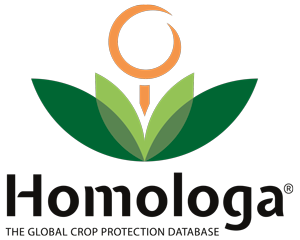Data harmonization is the most important feature of Homologa. Currently, Homologa compiles data from plant protection products registrations in 93 different countries and Maximum Residue Levels in 119 countries. This huge amount of data comes from many different source types, in different formats, and of course, in different languages. This immense amount of information should be properly analyzed, structured, and transformed, before its final publication in Homologa. This process of analyzing, structuring and transform data is called Harmonization.
We capture data in each source to reconcile (or map) it as close as possible to the existing standards . This data is then carefully analyzed and defined paying attention to features such as data quality, accuracy, and frequency of publication. Once the source is evaluated it will be arranged to fit Homologa’s internal structure. This process differentiates data fields that could be included or discarded.
Last but not least, data is transformed into Homologa’s standards. This “reconciliation” process is the most time-consuming step since each entry is “translated” into standardized codes using internal ontologies. These ontologies or dictionaries contain codes for all individual entries in each of the data sources entering the database. For example, potatoes as a crop have been tagged as “cropcode” 3300. This code will be used every time potatoes are mentioned in any of the data sources analyzed, regardless of the language. Therefore, potatoes mentioned in Russia, China, or Mexico, will be always transformed into “cropcode” 3300. This transformation process is called mapping. Mapping is performed not only for crops, but for pests, active ingredients, companies, units of measure and in all data fields in all data sources in all countries. Homologa uses not only internal ontologies to code this information but several international recognized standards such as:
- CAS number for active ingredients
- ISO country codes
- BBCH scale for crop stages
- USA EPA & EU crop codes
- EPPO codes for crops and stages
This vast task is performed by a worldwide team of agronomist specialized and based in different locations. This allows our team to better understand each market and the data published in different countries.
A key fact in Homologa’s data is that original language is always kept as literally mentioned in the data source, allowing users to always refer to the original information together with Homologa’s code.
Lastly, all this harmonized data will be uploaded into Homologa, allowing direct comparisons in all countries regardless language and data source, making Homologa the most powerful tool while working with plant protection products and Maximum Residue Levels.
Please visit Homologa® or contact us for more information.

